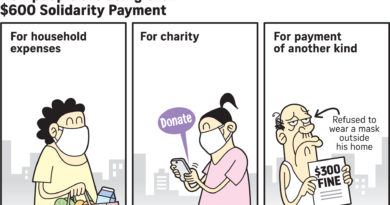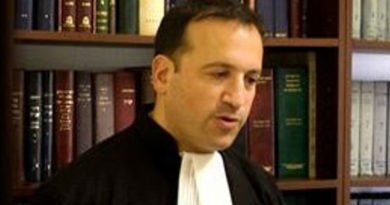OPINION | US VISA : IMMIGRATION CORNER- My visa’s approved; can I bring my kids with me?
– Michael J. Gurfinkel |
– The Philippine Star

.
One of the biggest reasons people want to immigrate to the US is for the sake of their children. They want their children to have a better education and a better life, which the US has to offer. Some parents leave their children behind while they struggle to find ways to legalize their status and bring them to the US. Others are petitioned and after the petition is approved, children are born.
So what happens if a person was petitioned when they had no children and after the petition was approved, they had one or more children? Are those children now included? What happens if their child was under 21 when the petition was filed, but when the visa was finally available, the child had aged out or turned 21 years of age? Can those children be included?
First, it’s important to remember that most petitions already INCLUDE your children! Typically, the only petitions that do not include children are when a US citizen petitions his or her parents, spouse or minor children. These are called “immediate relatives.” In this case, each person must have their own separate petition. So, if a US citizen is petitioning their parents, two petitions must be filed, one for the mother and one for the father. If a US citizen has four children, each child must be petitioned separately.
For all other family petitions, children, who are called “derivative beneficiaries,” could be included under a single petition. For example, single adult children (F1 and F2B) can include their minor children. An immigrant who petitions their spouse (F2A) can also include their minor children. Married children (F3) and brothers and sisters of US citizen (F4) also include minor children. Employment-based petitions of a worker could also include the worker’s minor children.
Second, the age of the child when the petition is filed is not important. The child’s age is important only when the priority date is current or a visa is available. This means that if, after the petition is filed, the person has children, those children can be added or included in the petition, as long as they have not aged out, which I will discuss in more detail later on.
Many people have complained that their child was refused a visa because the child had aged out, arguing that at the time the petition was filed, the child was still a baby in diapers. For example, a petition by a sibling (F4) could sometimes take more than 20 years. If the child was five years old when the petition was filed, they may have aged out by the time the priority date became current. Therefore, even though they were under 21 when the petition was filed, they may not be eligible for a visa if they aged out by the time the priority date became current.
However, even if a child turned 21 by the time the priority date became current, there could still be hope under the Child Status Protection Act (CSPA), which is a law that has a mathematical formula for calculating a child’s age based on how long it took US Citizenship and Immigration Services (USCIS) to process and approve the petition and if the child applied for their visa within one year of when the priority date became current. It is a complex and confusing formula.
As you can see, it could be possible to add or include children born after a petition is filed, as well as children who have aged out. If this applies to you, I would strongly recommend you consult with an attorney who can evaluate whether your child is still eligible for inclusion under the CSPA.
* * *
WEBSITE: www.gurfinkel.com
Follow us on Facebook.com/GurfinkelLaw, YouTube: US Immigration TV and Instagram.com/gurfinkellaw
Four offices to serve you: Los Angeles; San Francisco; New York: Toll free number: 1-866-GURFINKEL (1-866-487-3465); Philippines: +632 88940258 or +632 88940239

Ads by:
Memento Maxima Digital Marketing
@[email protected]
SPACE RESERVE FOR ADVERTISEMENT










